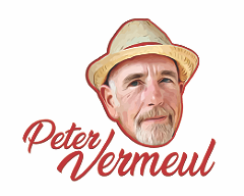Бонусы онлайн казино Irwin Casino (Ирвин)
Всё о бонусах и акциях в онлайн казино Irwin Casino – Как получить максимальную выгоду и использовать предложения на полную катушку В мире современных развлекательных платформ, предлагающих азартные игры, важную роль играют дополнительные предложения, которые могут значительно улучшить игровой опыт. Эти предложения бывают разнообразными и включают в себя ряд выгодных возможностей, призванных привлечь и удержать …




